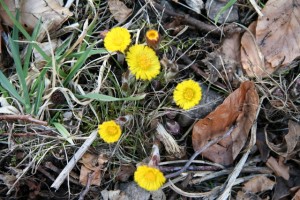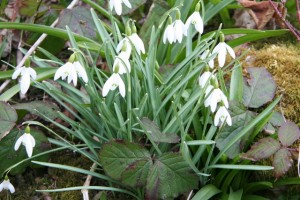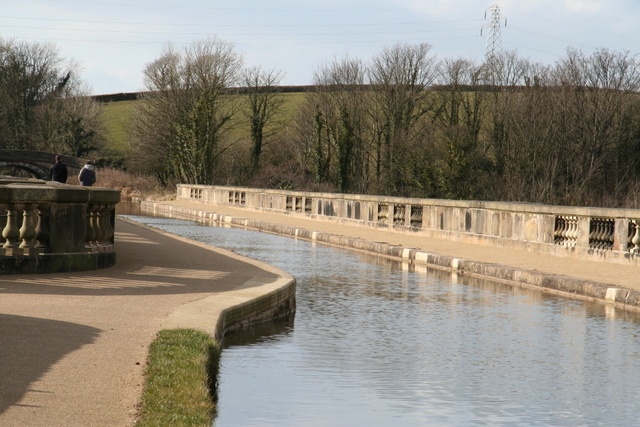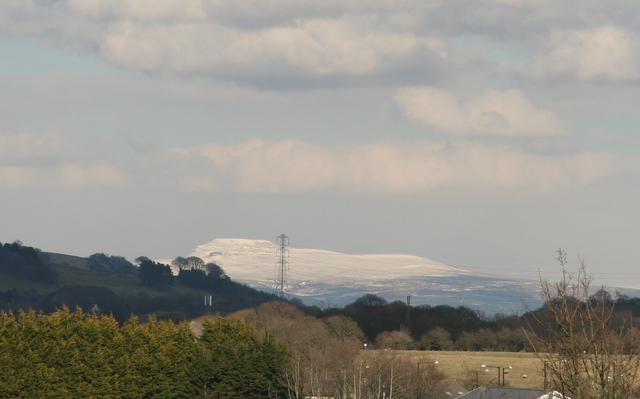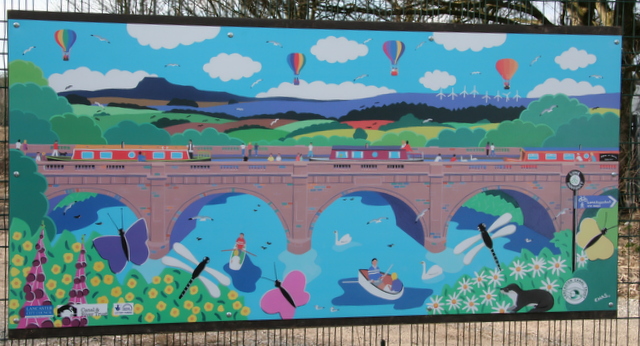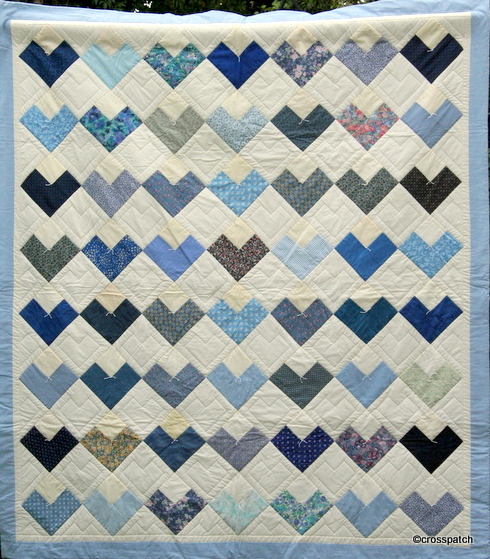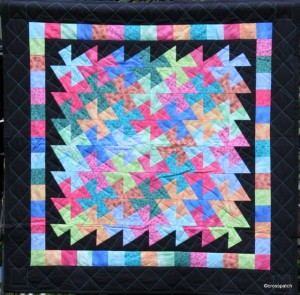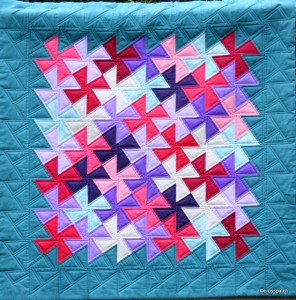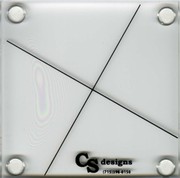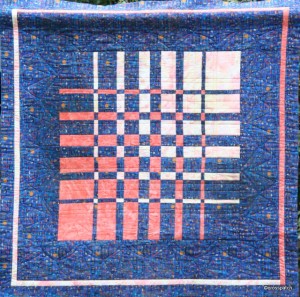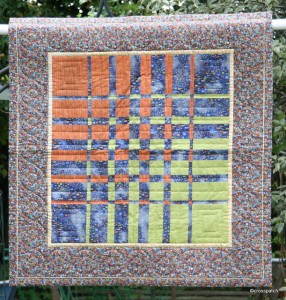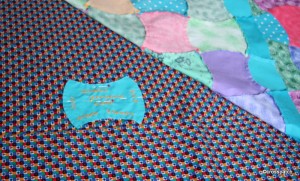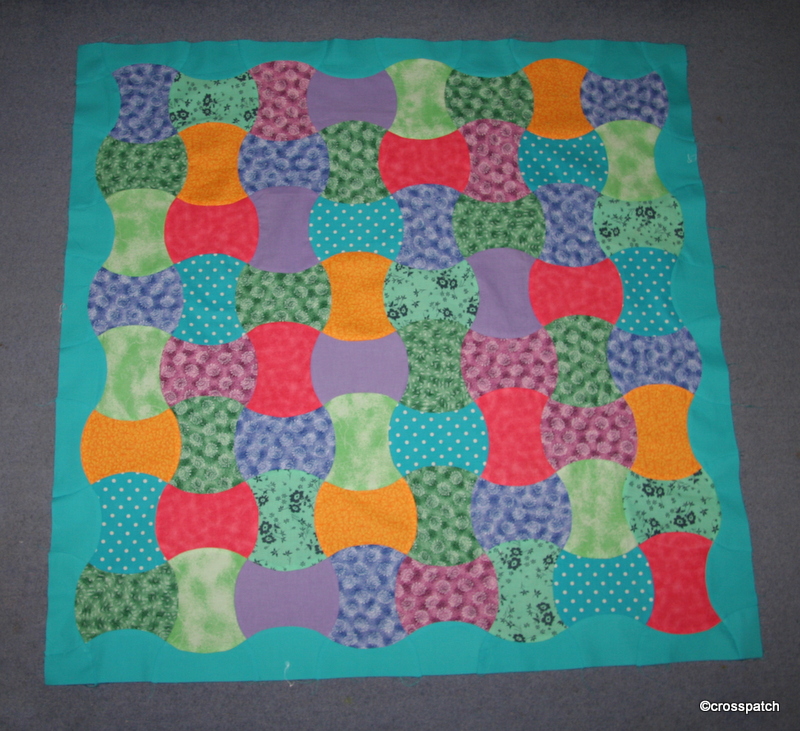Here we are in the last days of March, Easter has arrived but spring is yet to be sprung. The sun was finally shining and the temperature mild so My Dearest and I went for a walk this afternoon. I took him to see the Aqueduct, a beautiful late 18th Century stone built bridge which carries the Lancaster Canal over the River Lune.
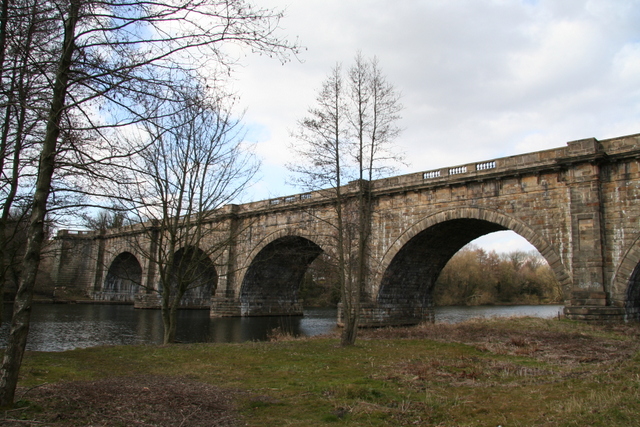
Opened in 1797 it has recently been refurbished as part of a scheme to reopen the river path which was once known as Ladies Walk, but has become unloved and surrounded by industry. New paths have been built and undergrowth cut back to allow walkers and Cyclists a better view of the river.
We walked from the Aqueduct to the Viaduct, which carries the motorway over the River. What a striking difference we were faced with, from the beauty and elegance of 18th century engineering, to the rough brutalism of the mid 20th century.
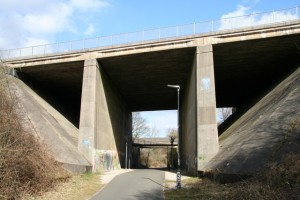
I can’t help thinking what a pity it is that beauty is less often a consideration when designing our built environment. Did no-one think “this bridge will stand for centuries let’s make it something to admire”? They did in the 18th century. But then in the 18th century the built environment was built by educated men of wealth (well that which still stands was) who wanted to make their mark and be proud of it.
We were disappointed to find very little evidence that spring is here, no fresh green leaves no spring flowers only a lonely group of colts foot pushing through the debris of last Autumn, and a solitary group of snow drops amongst the briars.
I climbed the banking from the Riverside up to the canal path with my Dearest,however he doesn’t do heights, when he saw how high it was he went back down while I walked the canal path.
He missed a wonderful view of a snow capped Ingleborough in the distance. I wish I had a better lens on my camera to capture that scene, but then my camera is heavy enough, any heavier and I wouldn’t carry it, and then none of these pictures would have been captured, there has to be a balance in life.
In the car park we found an image on the railings, it’s a copy of a work by a local Artist Chas Jacobs I have a number of prints of his work, I love the bright colours and naive images of familiar local landmarks. this one has the aqueduct in the foreground and Ingleborough in the background.

